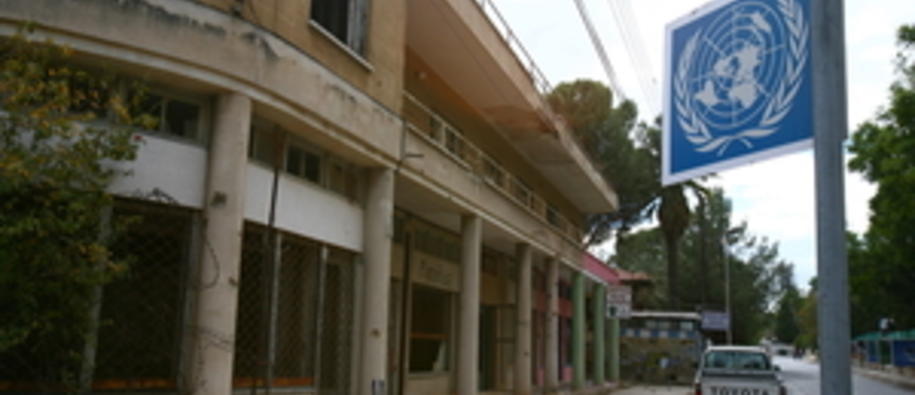The seven most threatened landmarks are selected by the cultural heritage organization Europa Nostra. The Grants support projects of reconciliation in the buffer-zone.
Nicosia has been a divided city since 1974. The buffer-zone cuts across the historic centre of the Cypriot capital. Decades of abandonment have undermined the high architectural value of the buildings and have had a devastating impact on the quality of the environment and living conditions of the entire city centre. On this background, the buffer-zone was recently identified by the cultural heritage organisations Europa Nostra as one of the seven most endangered heritage sites in Europe today.
Key role for civil society
On the occasion of Europa Nostra’s 50th anniversary marked in Athens 15 and 16 June, ambassador for the EEA and Norway Grants, Ingrid Schulerud, took part in a panel discussing ideas for mobilization to safeguard the seven most endangered heritage sites. Europa Nostra’s new programme ‘7 Most Endangered’ aims to mobilize public and private partners to ensure the future of these sites. The organization also stresses the key role of public-private partnerships and the need to further strengthen the capacity of civil society organizations.
“Here the Europa Nostra and the EEA and Norway Grants are on common ground. Strengthening civil society is a key priority for the Grants.” said Schulerud.
Refurbishing a building in the buffer zone
The EEA and Norway Grants previously contributed to the purchase and refurbishment of a building located in the buffer-zone in Nicosia, which was inaugurated in 2011 as the Home for Cooperation (H4C) - a bi-communal activity centre. The Home for Cooperation is the first ever shared space for Greek Cypriots and Turkish Cypriots to engage in historical research, dialogue and mutual understanding through activities contributing to finding the common ground necessary for peace.
Continued support from the Grants will help to ensure the sustainability of the Home for Cooperation and the activity of the bi-communal activity centre and meeting place in the buffer zone.
Read more about the ongoing project here.
“The Grants also fund the Centre for Visual Art and Research close to the buffer-zone in Nicosia. Both of these initiatives help to find ways to bridge the divides between both communities in Cyprus.” said Schulerud.
EU applauded the Grants
The European Commissioner for education, culture, multilingualism and youth, Androulla Vassiliou, also took part in the panel debate. She applauded the important role the EEA and Norway Grants play in safeguarding cultural heritage in 14 EU member states and their role in strengthening the capacity of NGOs and cultural players in the area of cultural heritage.
Read more about how and where the Grants support cultural heritage here.
Seven endangered sites
In addition to the buffer-zone in the historic centre of Nicosia in Cyprus, the following six sites were also selected on the most endangered list:
- The Roman amphitheatre in Durrës in Albania
- The 17th century Vauban’s fortifications in Briançon in France
- The Renaissance monastery of San Benedetto Po in Italy
- The 15th century monastery in Setúbal in Portugal
- The historic mining landscape of Rosia Montana in Romania
- The Armenian church of St. George in Mardin in Turkey
Opera singer Plácido Domingo, who is the president of Europa Nostra, stressed that the seven most endangered monuments and sites were selected not only because they tell a fascinating story about European’s shared past, but also because the role these sites can play as catalysts to revitalize cities and areas in the vicinity.

